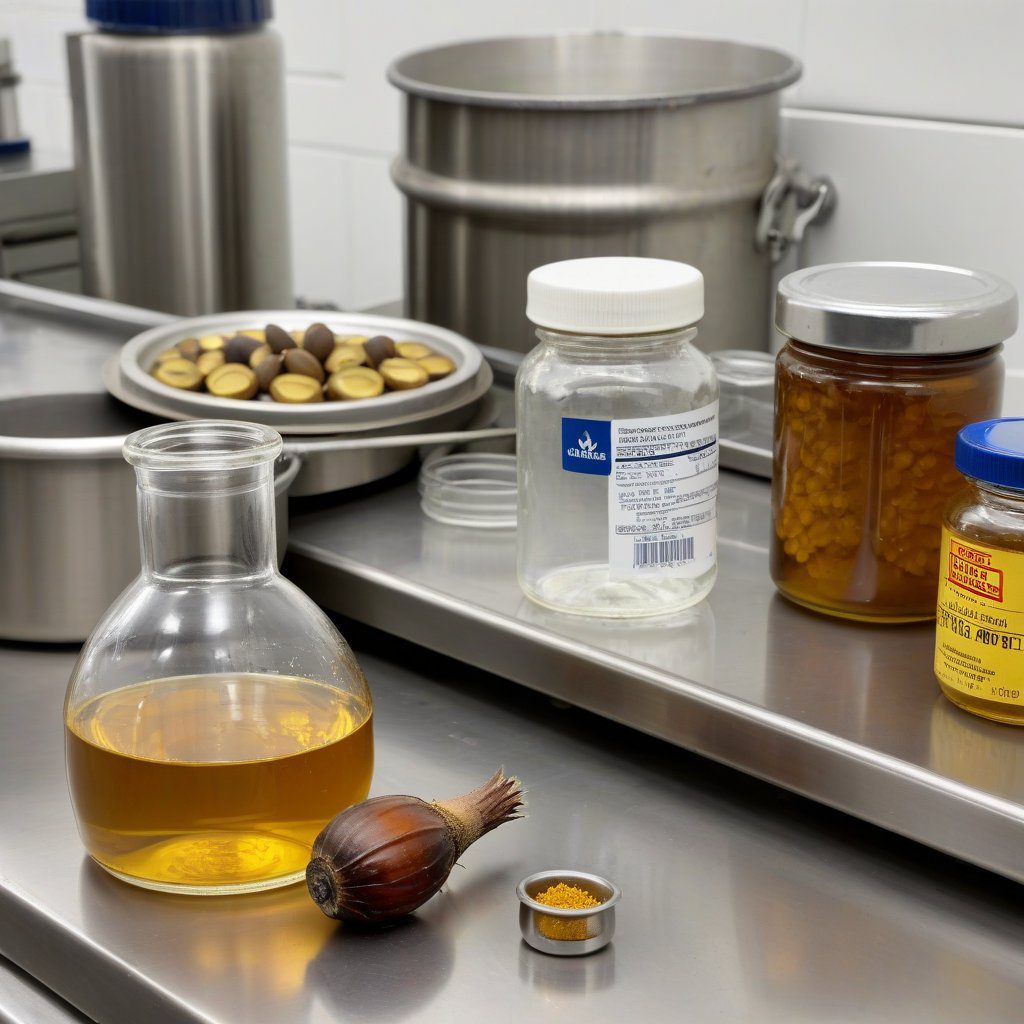Fats and Oils in Pharmaceuticals: Overview
Fats and oils play a crucial role in the pharmaceutical industry, serving as key ingredients in various formulations. These lipid-based substances are essential in the manufacturing of drugs, providing stability, enhancing bioavailability, and improving the overall efficacy of pharmaceutical products. Their unique properties allow for better absorption of active ingredients, making them indispensable in modern medicine.
Types of Fats and Oils Used in Pharmaceuticals
In the pharmaceutical sector, several types of fats and oils are commonly utilized, including triglycerides, saturated and unsaturated fatty acids, and mineral oils. Each type serves a specific purpose, from acting as carriers for drug delivery systems to providing a medium for emulsification in topical applications. Understanding the characteristics of these fats and oils is vital for formulating effective pharmaceuticals.
Glycerin: A Versatile Ingredient
Glycerin, also known as glycerol, is a widely used fat in pharmaceuticals due to its excellent solubility and hygroscopic nature. It serves multiple functions, including acting as a humectant, solvent, and sweetening agent in various formulations. Glycerin’s ability to enhance the stability and shelf life of pharmaceutical products makes it a preferred choice among manufacturers.
Palm Kernel Oil in Drug Formulations
Palm kernel oil is another important fat used in the pharmaceutical industry, known for its unique fatty acid profile. It is often used in the production of ointments, creams, and other topical formulations. Its semi-solid nature at room temperature provides a desirable texture and consistency, contributing to the overall effectiveness of the product. Additionally, palm kernel oil is rich in lauric acid, which has antimicrobial properties, further enhancing its utility in pharmaceuticals.
Mineral Oil: A Key Excipient
Mineral oil is a highly refined petroleum product that acts as a crucial excipient in pharmaceutical formulations. It is primarily used as a lubricant, solvent, and carrier for active pharmaceutical ingredients. Due to its inert nature, mineral oil does not react with other components, making it a safe choice for a wide range of applications. Its ability to provide a protective barrier on the skin makes it popular in dermatological products.
Emulsions and Creams: The Role of Fats and Oils
Fats and oils are fundamental in the creation of emulsions and creams, which are widely used in the pharmaceutical industry. These formulations rely on the emulsifying properties of fats to stabilize mixtures of oil and water. By carefully selecting the right type of fat or oil, formulators can achieve the desired consistency, stability, and delivery of active ingredients, ensuring optimal therapeutic effects.
Impact on Drug Release and Absorption
The choice of fats and oils in pharmaceutical formulations significantly impacts drug release and absorption rates. Lipid-based formulations can enhance the solubility of poorly soluble drugs, facilitating their absorption in the gastrointestinal tract. This is particularly important for oral medications, where the bioavailability of the active ingredient can be greatly improved through the strategic use of fats and oils.
Regulatory Considerations for Fats and Oils
When incorporating fats and oils into pharmaceutical products, manufacturers must adhere to stringent regulatory guidelines. The FDA and other regulatory bodies provide specific requirements regarding the purity, safety, and labeling of these substances. Compliance with these regulations is essential to ensure that pharmaceutical products are safe for consumer use and meet industry standards.
Sustainability in Sourcing Fats and Oils
The increasing focus on sustainability has led pharmaceutical companies to seek responsibly sourced fats and oils. This involves evaluating the environmental impact of sourcing practices and opting for sustainable alternatives. By prioritizing sustainability, companies can enhance their brand reputation while contributing to global efforts to reduce environmental degradation.


